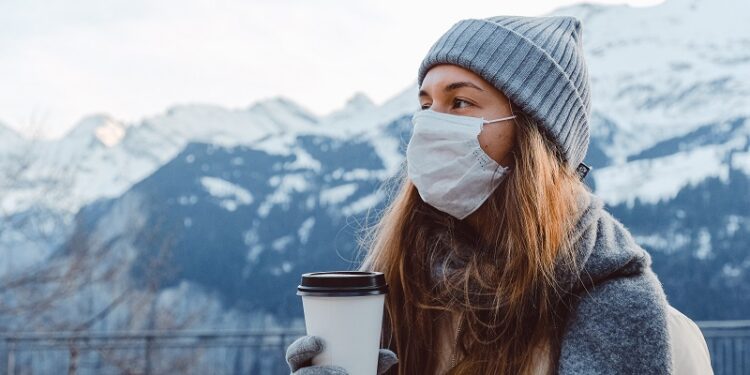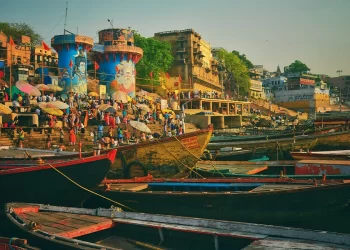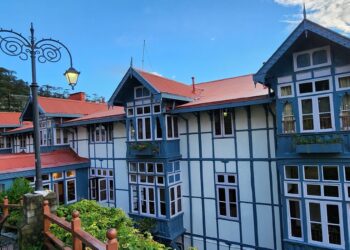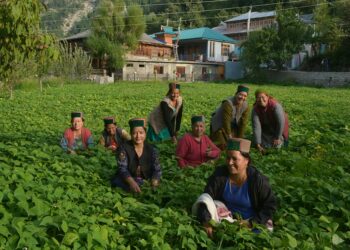By Vineet Mahendru || COO – Leisure, Travel Corporation of India
The last few months have been few of the most challenging times that world has faced, especially for the tourism industry. These have been unprecedented times and we are all in uncharted territory. Inbound Tourism industry is one of the worst hit and will probably take the longest to recover. As of now, we are looking at no business till September and if all goes well, only a trickle to come by the last quarter of the year. Any uptake is expected only from 2021.
Challenge is not just controlling COVID-19 at the destination but also in the source markets. The traditional source markets for India – UK, France, Germany (Central Europe- Spain and Italy included) and USA are the worst hit. From Himachal’s perspective, UK is the single largest source market, which is in a bad shape. Hence, recovery is going to be dependent not only upon how and when we reopen our borders but also how and when the source markets allow its citizens to start travelling.
Another key factor is the age group which is most sensitive to COVID-19. India receives cultural tourism and average age group is above 50 which is the most susceptible. How will the travel habits of such people change?
Preparedness for future
1 The rules of the game would change. How people would choose the destination to travel would have many new factors now.
2 Countries with least number of deaths (not just cases) will probably recover faster and India at this stage has an advantage here.
3 More importantly, questions that clients would ask before booking a holiday would be about preparedness to handle the crisis:
a. General hygiene levels – unfortunately India scores pretty low on this count and the image it carries is of a being a dirty and unhygienic country.
b. Preparedness to handle pandemic – Hospitals/ testing centers/ medical preparedness, etc – assuring it’s safe to be in the destination.
4 How will we ensure we don’t have infected guests in the state w/o lockdowns/ testing facilities at entry points? (Example of Emirates at check-in counters – 10 minutes testing) or COVID-19 free certificate.
Future for Inbound and specifically Himachal Pradesh
Inbound travel will take longest to reboot – domestic will happen much faster. People will travel but differently. So what will be the key trends for the future:
1 Hygiene levels at all points – we need this to be stepped up at our monuments/ public places / trains/ public transport.
2 Sustainability is going to be the key factor to choose a destination. Lockdown has reduced NO2 levels in India by 70% and greenhouse emissions across the world have gone down by 58%. People have seen the proof of the pudding and would now push more and more for sustainable holidays. It has to be development AND preservation and not development OR preservation.
3 Social distancing will stay – but people are itching to go out and be in the open – closer to the nature and enjoy the freedom to move around safely.
Future is going to be of – ALERT INDEPENDENT TRAVELLERS. Over tourism will be replaced with limited tourism which will become more important than ever before. Himachal has an advantage here.
1 Minimalistic Tourism – People want to travel where there are no crowds and nature is in abundance. Can Himachal come up with new trails (05 days – 07 days – 14 days) in conjunction with public private partnerships of home stays/ government bungalows etc. What clients need to be assured of is that there are not too many people in the place where they are staying and that they are relatively safe. It meets their need to be closer to the nature and enjoy the freedom to move around. It also takes employment opportunities to the many small entrepreneurs/ trekking guides/ local communities.

2 Rail Journeys – Train journeys will be by far the most sustainable way to travel and Himachal has two of the most iconic journeys to offer. Inbound clients have appreciated and loved this train ride all these years. Can we increase the frequency of this train? Can these train journeys be what the panoramic train journeys are in Switzerland – aspirational and convenient for every tourist to take. Can we hold back the cars reaching Shimla at the base of the state and let clients use this as medium to come to Shimla, have electric vehicles as public transport in the Shimla and let Shimla become a model sustainable tourism destination.
Another very beautiful train journey is to Palampur which is under promoted but extremely interesting. These train journeys can not only bring in the element of sustainability but also of controlled tourism in Himachal.
3 Bhutan Model – the carrying capacity. Unfortunately, mass tourism has had its impact on destination like Shimla and Manali and nature has pressed the reset button for us. Can we remodel tourism in Himachal to make it more exclusive? What Bhutan has done is commendable. Today it has more inbound tourist than Himachal (size being almost the same), per capita spend is much higher. Its “the absence of…..” makes Bhutan one of the more aspirational destinations in the world.

Founded in 2016, The Traveller Trails is a print and digital magazine and a trusted source for current news, trends, analysis, opinions, interesting blogs, videos and exclusive interviews from every corner of the world.













